A fault line is the surface trace of a fault, the line of intersection between the fault plane and the Earth's surface.
The two sides of a non-vertical fault are known as the hanging wall and footwall. By definition, the hanging wall occurs above the fault plane and the footwall all occurs below the fault. This terminology comes from mining: when working a tabular ore body, the miner stood with the footwall under his feet and with the hanging wall hanging above him.
The relative motion of rocks on either side of the fault surface controls the origin and behavior of faults, in both an individual small fault and within larger fault zones which define the tectonic plates.
Because of friction and the rigidity of the rock, the rocks cannot glide or flow past each other. Rather, stress builds up in rocks and when it reaches a level that exceeds the strain threshold, the accumulated potential energy is dissipated by the release of strain, which is focused into a plane along which relative motion is accommodated—the fault.
Strain is both accumulative and instantaneous depending on the rheology of the rock; the ductile lower crust and mantle accumulates deformation gradually via shearing, whereas the brittle upper crust reacts by fracture - instantaneous stress release - to cause motion along the fault. A fault in ductile rocks can also release instantaneously when the strain rate is too great. The energy released by instantaneous strain release causes earthquakes, a common phenomenon along transform boundaries.
Microfracturing, or microseismicity, is often thought of as a symptom caused by rocks under strain, where small-scale failures, perhaps on areas the size of a dinner plate or a smaller area, release stress under high strain conditions. Only when sufficient microfractures link up into a large slip surface can a large seismic event or earthquake occur.
According to this theory, after a large earthquake, the majority of the stress is released and the frequency of microfracturing is exponentially lower. A connected theory, accelerating moment release (AMR), claims that the seismicity rate accelerates in a well-behaved way prior to major earthquakes, and that it might provide a helpful tool for earthquake prediction on the scale of days to years. AMR is being increasingly used[by whom?] to predict rock failures within mines, and applications are being attempted for the portions of faults within brittle rheological conditions. Researchers observe like behavior in tremors preceding volcanic eruptions. Slip is defined as the relative movement of geological features present on either side of a fault plane, and is a displacement vector. A fault's sense of slip is defined as the relative motion of the rock on each side of the fault with respect to the other side. In measuring the horizontal or vertical separation, the throw of the fault is the vertical component of the dip separation and the heave of the fault is the horizontal component, as in "throw up and heave out".
The two sides of a non-vertical fault are known as the hanging wall and footwall. By definition, the hanging wall occurs above the fault plane and the footwall all occurs below the fault. This terminology comes from mining: when working a tabular ore body, the miner stood with the footwall under his feet and with the hanging wall hanging above him.
The relative motion of rocks on either side of the fault surface controls the origin and behavior of faults, in both an individual small fault and within larger fault zones which define the tectonic plates.
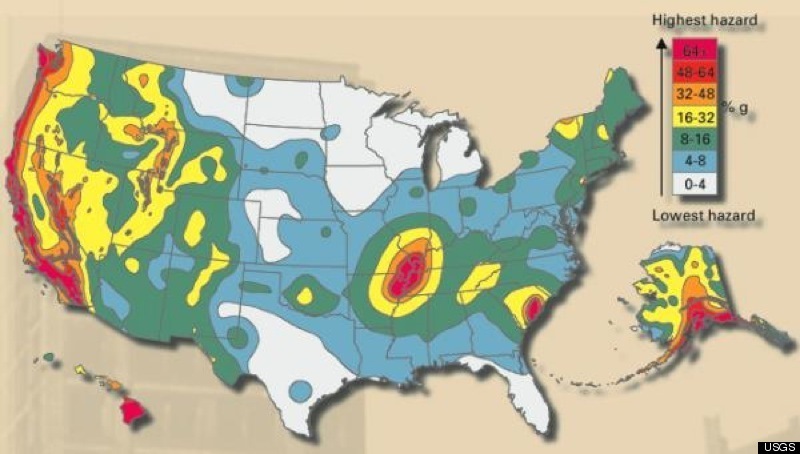 based on fault lines: |  San Andreas Fault | 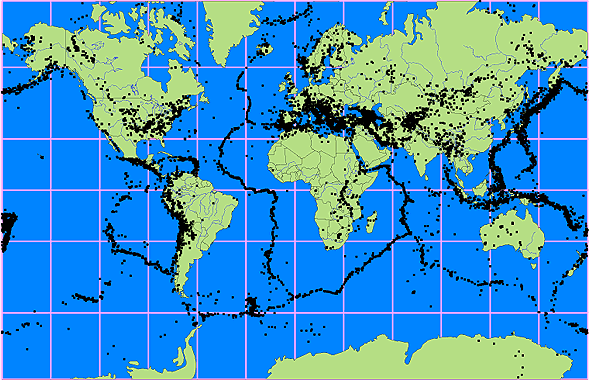 World Earthquake Fault Lines |  earthquake fault lines; |  two earthquake fault lines |
 Earthquake Survival | NEW MADRID FAULT BEWARE |  Earthquakes occur along fault |  earthquake fault lines: |  World fault lines. |
Microfracturing, or microseismicity, is often thought of as a symptom caused by rocks under strain, where small-scale failures, perhaps on areas the size of a dinner plate or a smaller area, release stress under high strain conditions. Only when sufficient microfractures link up into a large slip surface can a large seismic event or earthquake occur.
 several major fault lines |  Earthquake fault line |  fault lines http://quake. | 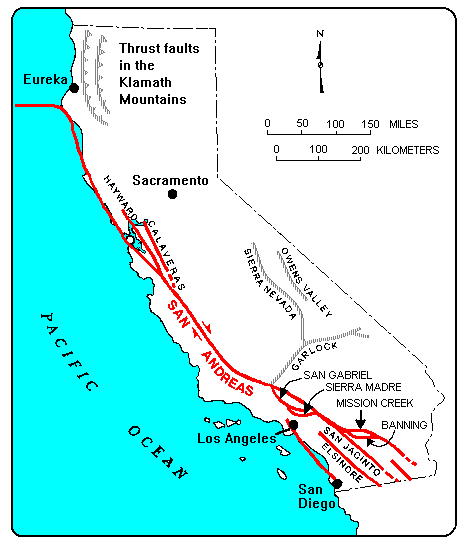 Map of earthquake fault lines |  12 earthquake was on a fault |
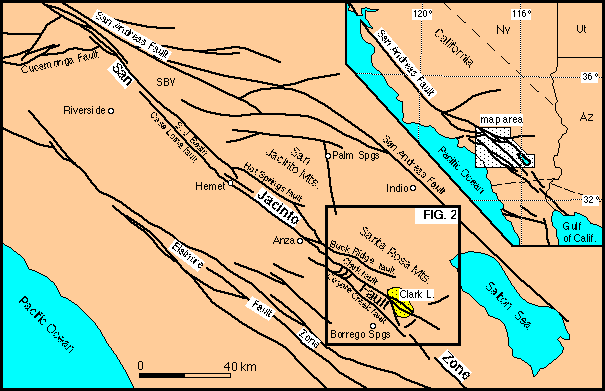 California fault lines | 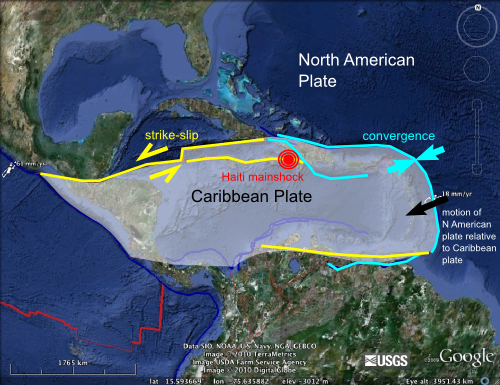 Fault Lines in the Caribbean |  What Are Fault Lines ? |  Earthquake Fault Lines |  Earthquake Fault Lines by |
No comments:
Post a Comment